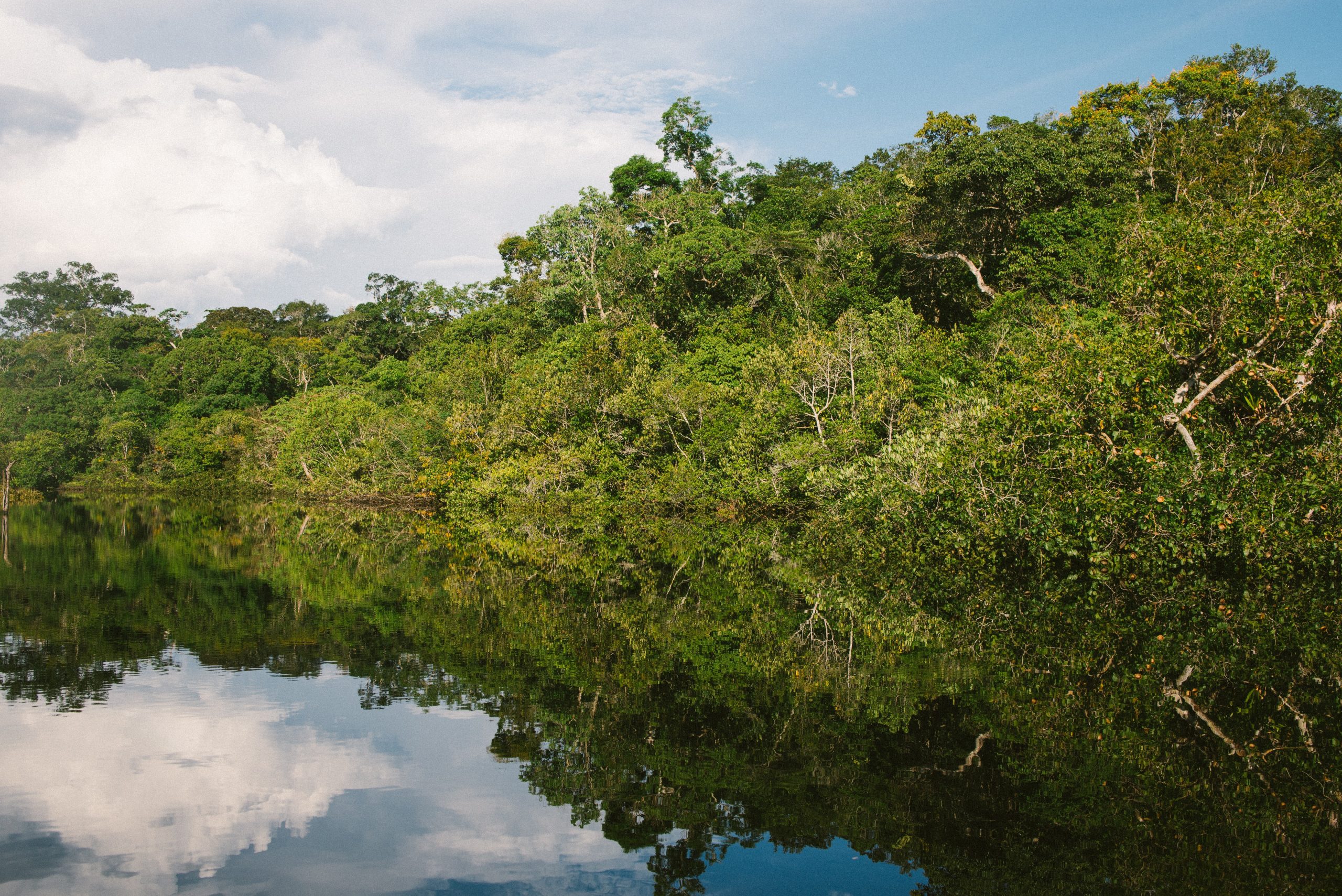In the southern region of Brazil, a new invasive species threatens to alter the ecosystem forever. According to a recent article published in Science, genetic tools, including gene drive, could provide a solution.
The alien species are small arrow-shaped, caramel-coloured mussels, native to the Yangtze River in China. Although they are referred to as Golden mussels, they are anything but precious to the local ecosystem in Brazil. The species is thought to have arrived in the Americas around 1998 through the ballast water of ships coming from Asia. The mussels have rapidly choked out native species such as crabs and plants growing along the rivers because there are no local predators to control them.
Although they are certainly not the first aquatic invaders to settle in the country, they are currently listed as one of the three invasive species of most concern in Brazil. Their speedy reproductive cycle and unique ability to cling to surfaces have made their economic and ecological impacts severe and widespread.
Scientists are now worried about the havoc these tiny creatures could wreak if they found their way into the Amazon. Its tributaries, part of the largest drainage basin in South America, span eight countries and it is one of the richest biodiversity hotspots on the planet.

The methods currently being used to control the mussel plague are both costly and unable to eradicate the species or prevent the ecological damage it is causing. To address these challenges researchers have been working on new solutions. One of these includes using traces of genetic material the mussels leave in rivers to detect and measure infestations through PCR testing.
Another laboratory, based at the Federal University of Rio de Janeiro, is developing a gene drive mussel that could mate with wild, invasive mussels and produce infertile offspring, thus effectively controlling the population. The research team estimates that infertile mussels would make up 50% of the invasive species’ population within just 2 years of the release of the modified mussels, and 90% after 10 years. The gene drive mussels are however far from being released as scientists are yet to test their theory out in experimental tanks. This is not the first time researchers have considered developing gene drive applications to control invasive alien species. The Genetic Biocontrol of Invasive Rodents program is also investigating the feasibility and suitability of using gene drive technology to control invasive species on islands.
With one of the greatest biodiversity zones in the world facing this golden threat, a lasting, effective, and timely solution is urgently needed. Read the full story here.
Recent posts
